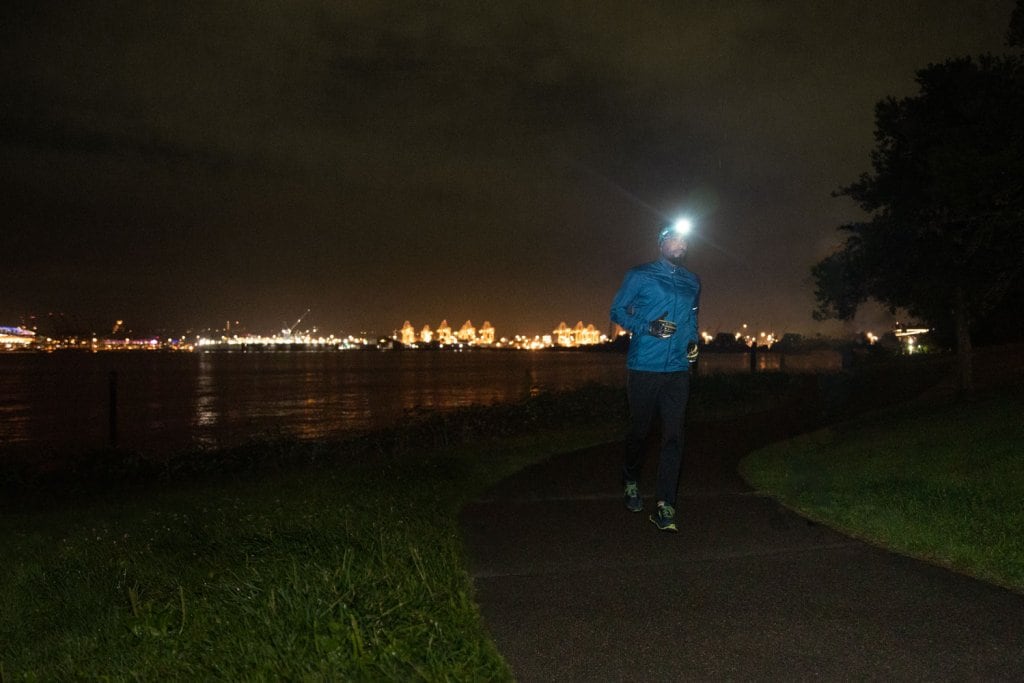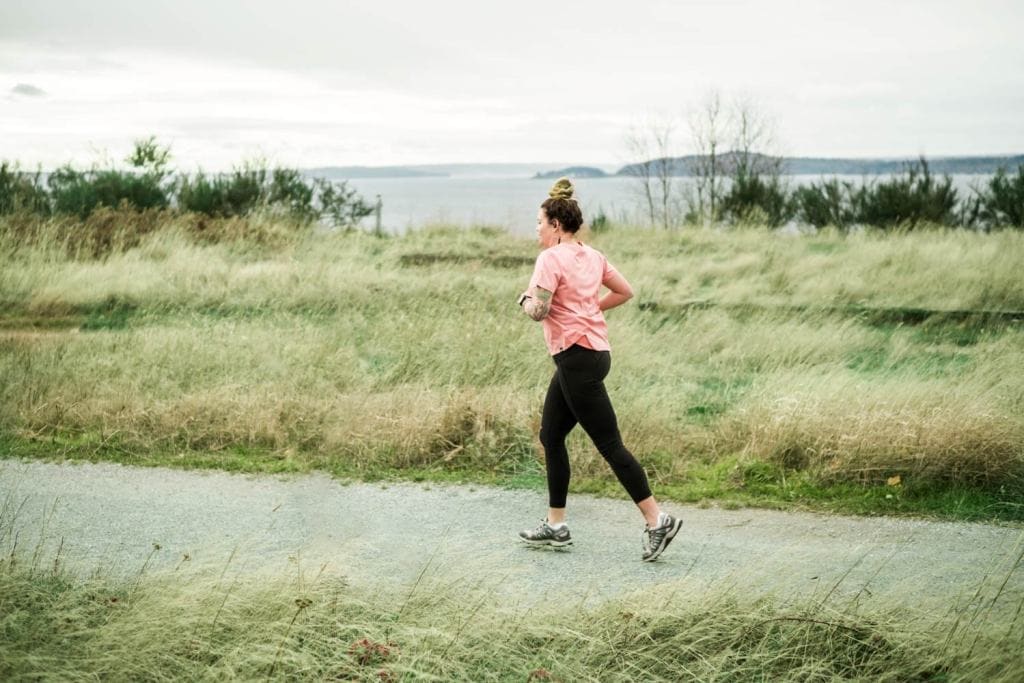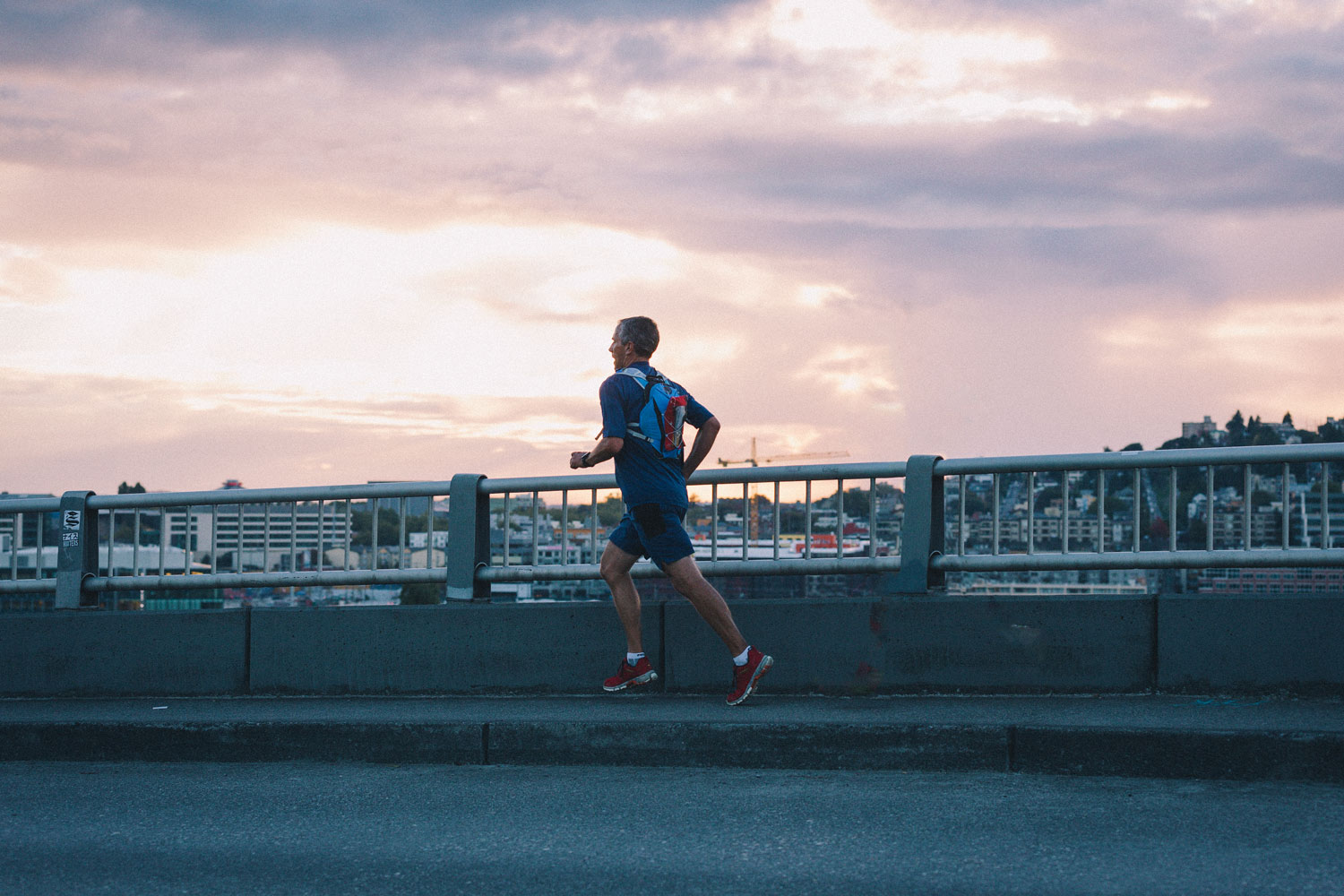Editor’s note: Please consult the CDC or your state health department for information related to the COVID-19 pandemic. When spending time outdoors, please recreate responsibly.
Running is a great way to clear your head, boost your physical and mental health and relieve cabin fever. With races canceled, gyms closed and orders to stay close to home, runners are finding respite in lacing up shoes and hitting the pavement in their local cities and neighborhoods.
While many stay-at-home orders allow you to get outside for a run, walk or other exercise, it’s important to follow local health department rules and social distancing guidelines from the Centers for Disease Control and Prevention, such as staying 6 feet away from others, to help slow the spread of the virus. Consider adjusting your route or the time of day you’re running to adhere to those guidelines, or staying home if you’re unable to do so.
The CDC now recommends “wearing cloth face coverings in public settings where other social distancing measures are difficult to maintain (e.g., grocery stores and pharmacies) especially in areas of significant community-based transmission.” The idea is to protect the people around you if you are infected but do not have symptoms, according to the CDC.
Should you wear a face covering while running or exercising outside?
Check specific guidelines in your community. Public health officials in New York City and Michigan, for example, say that you do not need a wear a face covering when exercising outside as long as you maintain at least 6 feet from others. “People should only do exercise that enables them to keep physical distance from others,” those health officials say
“The purpose of the mask is to protect people around you, not to protect you,” says Brian Labus, assistant professor in the University of Las Vegas School of Public Health, who served as senior epidemiologist for the Southern Nevada Health District for 15 years. “If you are running solo and not running around other people, you are not putting other people at risk, so the mask won’t do anything. You should consider taking one with you in case you have to make an unplanned stop and would be around other people.”
Labus says that you can still run in cities if you can do so while keeping 6 feet away from others. “The risk isn’t being outside and running, it is being around other people. If there are places you can run in big cities without being around other people, there is no increased risk of disease.”
For other tips on urban running, we turned to experts Polly de Mille, a clinical exercise physiologist and the director of sports performance at the Hospital for Special Surgery in New York (the official hospital of the TCS New York City Marathon), as well as Karen Kuykendall, a personal trainer and health coach certified with the American Council on Exercise who is also an REI employee.
Plot Your Run
Map your route ahead of time so you can take advantage of the city’s geography. Avoid busy streets, find a scenic path or make sure you’ll log the miles and elevation you need for the day. To help you plan that route:
- Tap local knowledge. Find a local running club and join their online forums. Many clubs are hosting virtual runs.
- Download one of many running apps such as MapMyRun, Strava, Runkeeper or RunGo. Some apps allow you to view popular runs or create your own while filtering for distance and elevation.
- Try USA Track & Field’s online database of routes.
- Talk to other friends who run or connect with runners on online forums.
Carry the Essentials
What you bring with you will depend on how far you plan to run and what the weather conditions are like. At a minimum, take ID with an emergency contact. Also consider ID bracelets or shoe identification tags that attach to your shoelaces. (If you have medical issues, include that information.)
Here are other things to carry:
- Keys: Tie them into your laces or tuck them in a sewn-in pocket.
- Money: If you run farther from home, consider bringing cash or a credit card, as well as a bus card.
- Water and nutrition: Depending on how long you run, bring water and something to boost calories, such as energy gels or snacks. Read more about hydration basics and running nutrition.
- Phone: Carry a phone to call for help if needed, but also take advantage of apps that track your stats.

Think Safety
No matter what time of day it is, always assume drivers and others can’t see you and take precautions accordingly. Here are a few tips:
- Bring a headlamp, flashing lights, reflective and other running safety gear if you plan to run in low light or at night. Read more about the gear you’ll need for night running.
- Yield to others for your own safety.
- Make eye contact with drivers before crossing a street to ensure they see you.
- Ditch the earbuds so you’re more tuned into your surroundings. Consider wearing just one earbud if you and your running music are inseparable.
- Tell someone where you’re going and how long you’ll be gone, especially on a long run.
- Choose a route that is well-lit with good visibility.
Vary Your Running Surface
If you’re an urban runner, it will be difficult to completely avoid running on concrete, especially if you run a lot of road races. You may even wonder whether you should since there’s a common perception that running on hard surfaces can lead to more injuries than running on other, softer surfaces.
The science, however, doesn’t back up that concern.
“Although concrete is the hardest surface to run on, there is no solid research showing that running on concrete leads to any more injuries than running on asphalt, synthetic track, grass or a treadmill,” says de Mille. (Others would agree.)
“There is some evidence that runners adjust their leg stiffness to accommodate the hardness of the surface they are running on, so a varied menu of soft, varying terrain and firm, uniform surfaces may be your best option to develop into a strong, versatile runner,” she adds.
Change up where you run. Do it at the track as well as on the trail, grass and pavement. Running on grass or trails will help develop your agility and stability, de Mille adds, while running on roads may help with shock absorption capabilities.
Vary Your Routine
It can be easy to get stuck in the same running route, day after day, week after week. Shake up your routine by trying new routes, locations and workouts, especially if you’re intentionally training for a future race. Depending on your goals for a particular run, you could incorporate city steps or hills or speed training into your workouts, says Kuykendall.

Go Green
Big city running doesn’t have to mean logging endless miles in the shadow of downtown skyscrapers. Even the densest cities have plenty of open green spaces where you can pop in for a touch of nature. Look for urban parks, open spaces or pocket parks that can become a part of your city run.
Don’t Sweat the Stoplight
What to do when you come to a stoplight? Awkwardly run in place or stop?
“The argument for running in place is to avoid the drop in (your) heart rate and pooling of blood in the legs associated with going from a full run to a full stop,” says de Mille. “The argument against running in place is mainly based on how ridiculous you look doing it (sometimes called the ‘potty dance’) and how distracting it is to other people waiting at the light.”
The bottom line: Do whichever you choose.
The quality of your workout isn’t going to suffer much if you stop for 20 seconds at a light, says de Mille. Still, if you don’t want to break your rhythm, jog in place or run down the block and turn around and come back when the light changes, she adds.
If you do pause, it might be an ideal time to drink or eat, which you may find hard to do when you’re moving, says Kuykendall. Or use the time to stretch out your calves, quads, glutes or any other areas of tension before you get the green light to get moving again, she says.
